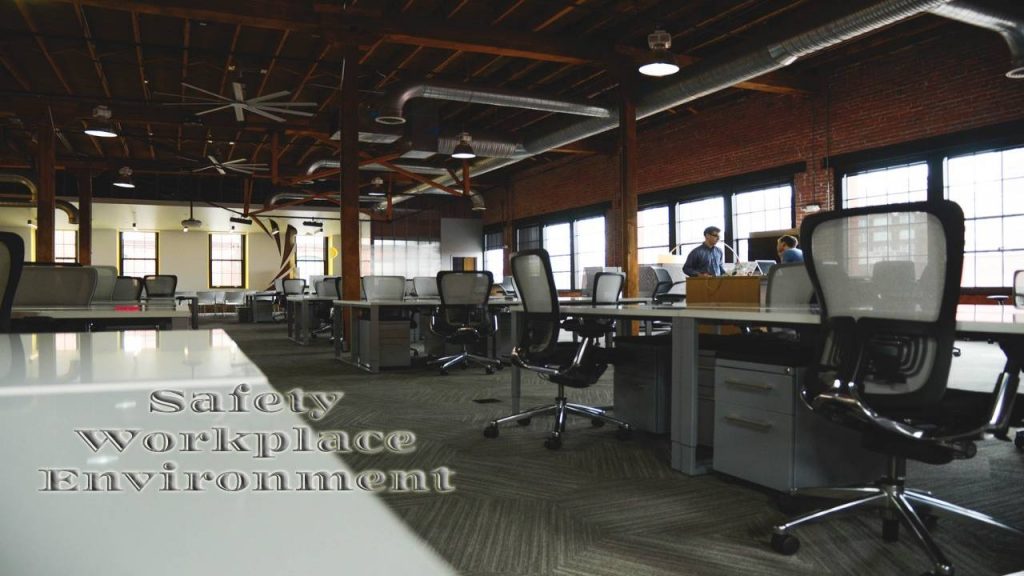Workplace health and safety is a critical factor for every company. Promoting the wellness of employees is not only a moral duty, but is a legal one as well. The Occupational Safety and Health Administration has developed laws and regulations over the years to keep workers safe.
Table of Contents
What OSHA Requirements Entail
OSHA’s mission is to ensure that all employees remain in a safe and healthy work environment. To enforce this goal, OSHA has developed specific standards for industries. Employers are required to comply with the applicable standards as well as the OSH Act of 1970. This law states that employers must keep the work environment free of all serious hazards that can cause serious physical harm or death to employees.
OSHA personnel make periodic visits to companies to ensure that the regulations are being followed. They inspect the building for hazardous conditions. They also look for blocked passages and exits, and they talk with workers about their knowledge of maintaining safety standards.
How Companies Ensure Compliance
1. Planning and Training
The most important component for compliance is to make sure every employee is aware and properly trained. Key steps include:
- The safety representative must be knowledgeable of all laws and regulations to which the company must comply. OSHA offers many training classes for companies.
- The representative must form a safety team. The team should be comprised of people from each area of the business. Production employees must be represented because they typically face the most serious physical risks. All shifts should be represented as well.
- The team will discuss workers’ risks and then develop mitigation plans to reduce the risk. Procedures and work instructions are written to guide employees. Utilizing digital work instructions can streamline this process, making it easier to update and distribute crucial safety protocols.
- Key individuals are assigned responsibilities and all employees are trained.
- Internal audits expose weaknesses in the system. These audits will drive continual improvement efforts.
2. Visual Safety and Awareness
Posting work instructions and other visual signs around the building is extremely helpful to employees. The visual reminders help workers follow safety protocols.
The 3 main classifications of safety warning signs include safety instruction, caution and danger signs.
- Safety instruction signs – These informational reminders are used to reinforce policies and procedures. They may include instructions for handling and shutting down machines, as well as good hygiene practices. The general instruction signs can also provide location information, such as exit signs and barricades. Safety instruction signs are white and have white lettering on an upper green panel.
- Caution signs – These signs remind workers of a minor to moderate risk of injury. They have a yellow background. The upper panel is black and displays the word CAUTION.
- Danger signs – The danger sign is the most critical, since it indicates a serious immediate threat. The Signs must be followed to prevent the likelihood of grave injury or even death. The signs are some combination of red, white and black and have the word DANGER at the top. For less serious threats, orange warning signs are sometimes used.
3. COVID-19 Safety Precautions
During the current pandemic, companies must ensure strict compliance with additional health and safety instructions. Workers must keep at least 6 feet apart in the safe workplace and wear masks at all times, except when eating. Where practicable, plexiglass barriers should be installed. Hand sanitizing stations must be set up at key points, and employees should be encouraged to wash their hands frequently. Sick employees must be instructed to stay home. If they exhibit any symptoms of COVID-19 they need to call their health care provider right away.
Health and safety in the workplace is the most important goal of every business owner. Setting up smart protocols will greatly reduce risks to employees.


